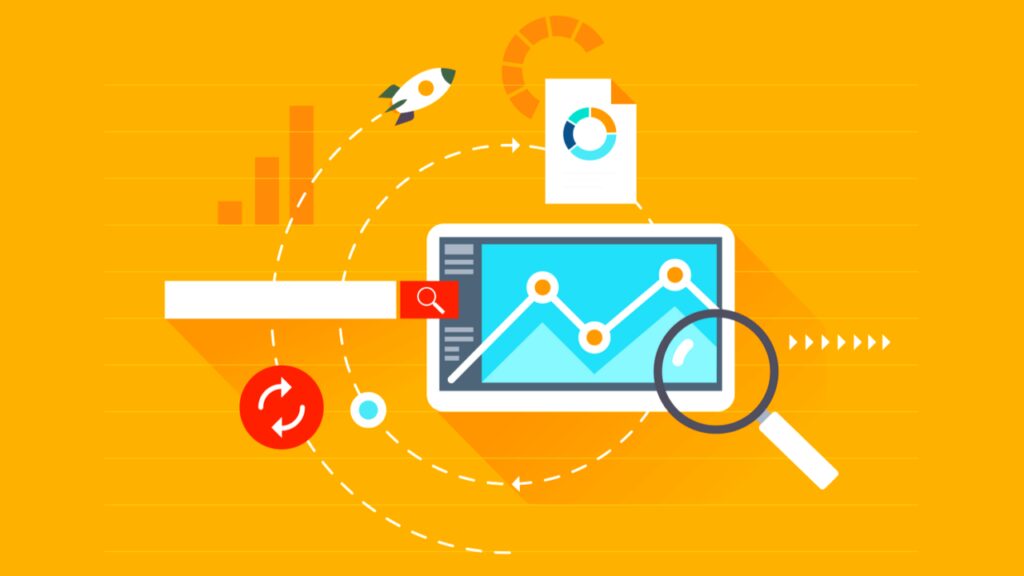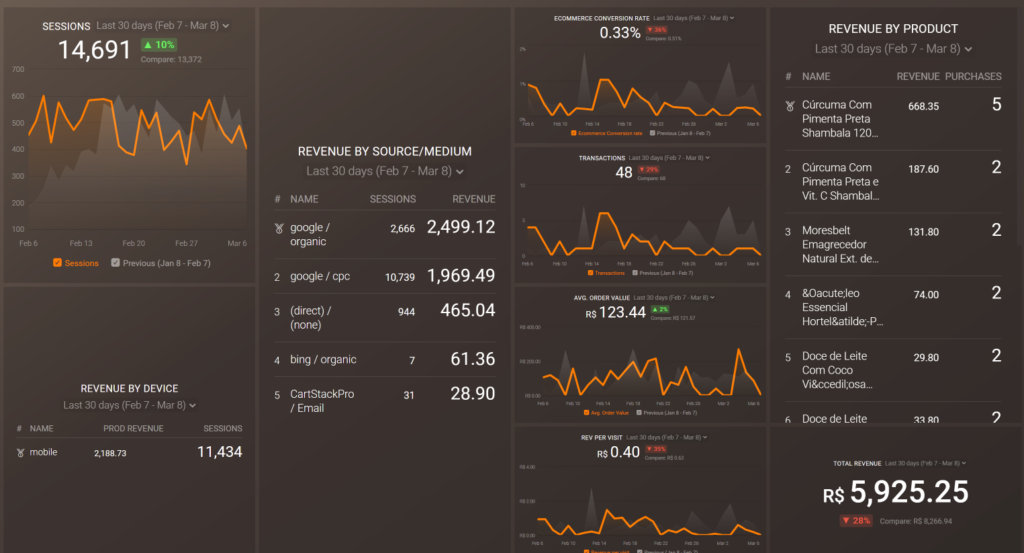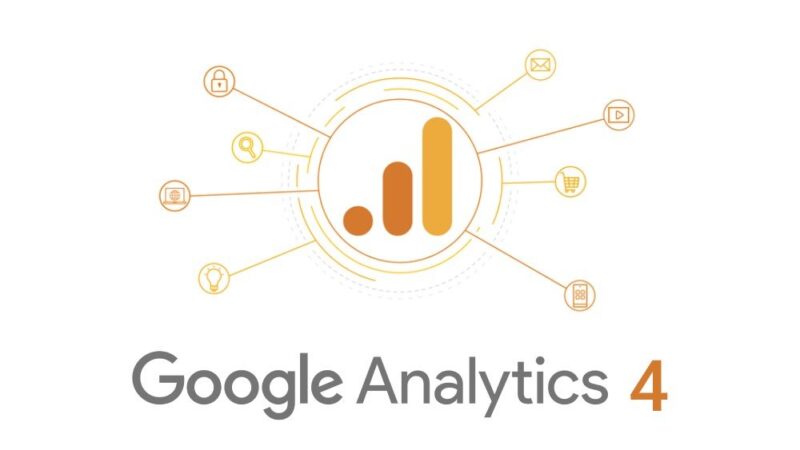Ready to make the switch from Universal Analytics to Google Analytics 4, but feeling a bit overwhelmed? You’re not alone – transitioning to a new analytics platform can be challenging. But don’t worry, this article will guide you through the common challenges and help you overcome them successfully.
Page Contents
Introduction to Google Analytics 4

Google Analytics 4 (formerly referred to as App + Web) is the new version of Google’s popular analytics platform. It provides more reliable, accurate, and detailed data than the previous iterations of GA and supports more advanced features for tracking analytics on websites, mobile apps, and web applications. Its improved user interface also makes it simpler to understand the insights you get from your data.
Since its release in October 2020, Google Analytics 4 has become a popular choice for businesses looking to better understand their customers’ needs and behaviors – but there are a few key challenges that come with this transition. In this article, we will discuss some of these obstacles and how to best overcome them.
Benefits of Transitioning to Google Analytics 4

Using GA4 also allows marketers to see various paths users take when browsing their website, helping them identify and focus on converting potential customers. Additionally, improved reporting capabilities provide deeper insights into customer behavior which allow businesses to create more focused advertising strategies with the ability to dynamically adjust parameters in real time. Alongside this is an easier setup process with a simple interface and quick onboarding with less code required than with earlier versions of Google Analytics.
Overall, Google Analytics 4 agency will provide numerous advantages including actionable insights derived from comprehensive user behavior data, empowering companies both small and large to unlock their potential by understanding their customers better.
Preparing for the Transition

Preparing for the transition to Google Analytics 4 (GA4) from Universal Analytics (UA) requires an understanding of how your data is currently tracked, and how these changes will affect your measurement activities. It’s important to review existing tracking structures and identify any gaps that need to be addressed before making the switch. Additionally, it’s also necessary to decide how you want your data updated, as GA4 will affect how you collect, analyze, and present insights.
To ensure a successful transition, you should review various components in your tracking setup: page tags and reports structure; implementation of server-side tagging; use of custom dimensions; user privacy settings; data processing lifecycle. The following points are key considerations to include in your review:
Map out current website tags in order to identify needed changes for GA4. This includes adjusting variations in tag firing rules, such as event and click triggers with new APIs.
Confirm whether custom dimensions need modification or additional fields added prior to the migration process.
Look at report-level configuration settings and make sure data sources have been correctly integrated into UI workspaces or new BigQuery tables with GA4 property/views.
Ensure GDPR requirements have been met at both account/user levels using Google’s Consent Mode feature when collecting personal data about users across sessions/devices.
Update end-user privacy policies or get legal help when needed (e.g., use of blocking scripts).
Understanding the New Features of Google Analytics 4
For starters, GA4 focuses on event-driven analysis rather than pageview tracking. This means it will track how users interact with elements on the webpage such as clicks or taps rather than just pageviews. Furthermore, GA4 introduces a system of ‘ecosystems’ made up of distinct relations between multiple environments such as web platforms, apps, digital ads, and more. Moreover, it also uses enhanced machine learning for automated insights that reveal valuable opportunities for improvement.
Testing and Troubleshooting
Testing can take place in two stages: development testing and live testing. During the development stage, testing should focus on two elements: validation of configuration settings in Analytics properties and how those settings impact reporting. Validating configuration settings is a process to determine if the right steps have been taken in order to receive reliable data output (data accuracy).
Validate all fields within any new Google Analytics 4 Settings schemas so that all parameters are correctly configured prior to launch. When investigating reporting impact with your team, consider applying cohort or segmentation analysis if applicable in order to obtain more granular insights. Additionally, determine if your team needs reporting tools or processes updated with new functionalities from the new GA4 platform in order for decisions to be informed by accurate resolution through rendering or test viewings where appropriate.
Conversely, when running live tests via production setup during integration with various features (event tracking or eCommerce transactions for example) take note of any limits such as sampling percentage that could affect performance before drawing any conclusions about data integrity & reliability between platforms compared side by side at this stage (ie GA3 & GA4). Ensure confidence in sampling percentages based on recommended thresholds via Google’s own documentation so that pooling resources remain relevant post-transition.
Tracking the Success

One key challenge is identifying which data points are relevant as they can vary greatly from a business’ traditional set of metrics. For example, websites may have a different set of goals than an app branch if they are being managed separately so being able to see combined data across domains is useful in this situation.
Further, you may need to re-evaluate user paths as customers interact with entities such as virtual reality (VR), bots, and mobile devices in ways that traditional analytics could not measure before. Additionally, most businesses need contextual information around customer behavior because more experienced analytics practitioners might think about things like engagement (time on page or website) versus impact (clicks or sales).
Conclusion
Google Analytics 4 is a powerful tool to help you track and analyze your website data. By transitioning to the new version, you can take advantage of its advanced features and capabilities. However, this transition can come with some challenges that may seem daunting at first but are easily overcome with the right strategies in place. With a little bit of effort and planning, you’ll be able to make the switch from traditional analytics tracking tools to Google Analytics 4 quickly and easily.






